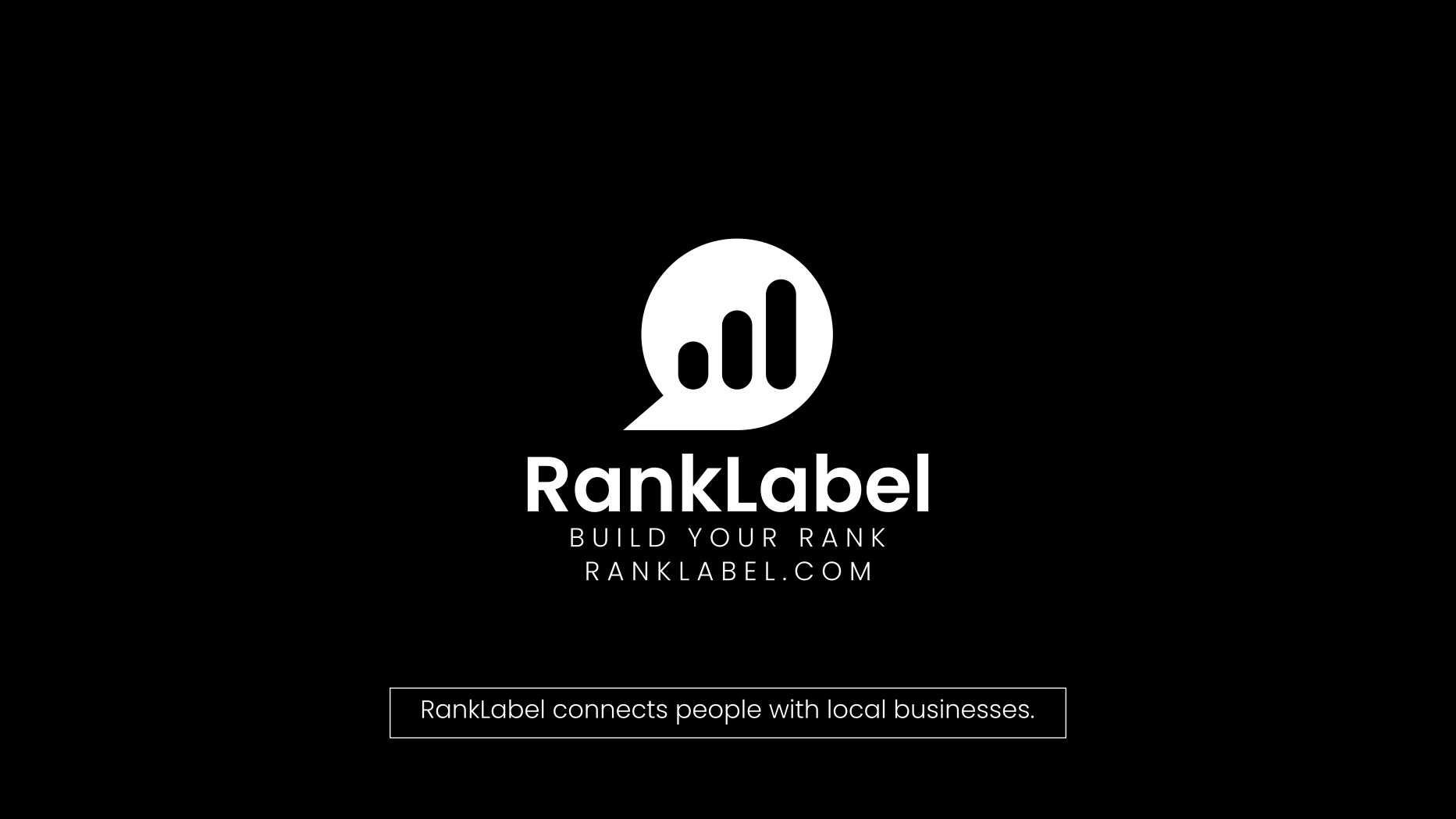The Revolution of 3D Printing: From Toys to Aerospace

Imagine if the Monopoly pieces, those tiny hats and cars made by Hasbro, were customizable right out of the box. What if you could replace a missing piece by simply printing it at home? Welcome to the inventive world of 3D printing, where this concept is not just a possibility but a burgeoning reality. This technology has evolved from producing simple plastic figurines to crafting precise tools and parts for high-stakes industries like aerospace.
3D Printed Tools: Redefining Manual Labor
In the world of manufacturing and DIY projects, 3D printing is breaking the mold. By allowing for the rapid production of tools tailored to specific tasks, this technology is not only enhancing efficiency but also driving innovation in tool design.
The Advantages of Using 3D Printed Tools
3D printed tools are not just replicas of their metal counterparts; they are being designed with unique properties that traditional manufacturing methods can't match.
Key Benefits of 3D Printed Tools
- Customization to specific requirements
- Reduced production time and costs
- Decrease in weight, increasing user comfort
- Ability to produce complex designs that are otherwise difficult to manufacture
The ability to customize tools for specific tasks can greatly increase productivity and reduce the risk of injuries caused by inappropriate tool use. Lightweight and ergonomically designed, these tools demonstrate that the future of manual labor is both high-tech and user-focused.
3D Printed Replacement Parts: A Custom Solution
From the automotive industry to everyday household items, the demand for replacement parts is ubiquitous. 3D printing offers a promising solution by enabling the production of parts on-demand, reducing the need for large inventories and long waiting periods for part delivery.
Transforming Repair with 3D Printing
Imagine the scenario where your favorite Hasbro board game is missing a piece. Instead of ordering and waiting for a replacement or buying a new game entirely, you could 3D print a new piece directly from a digital file provided by Hasbro.
Examples of 3D Printed Replacement Parts
- Automotive components like knobs and fixtures
- Household appliance parts such as oven knobs or vacuum attachments
- Personalized components for custom-built machines
- Model and hobby parts, including custom figurines
This capability not only revitalizes damaged or aging equipment but also extends the lifespan of products, contributing to sustainability by reducing waste.
Flexible 3D Printing: Innovation in Material Science
One of the most exciting developments in 3D printing is the advent of flexible materials, which has expanded the range of possible applications from rigid objects to items that need to bend or flex as part of their functionality.
The Potential of Flexible 3D Printing
Flexible 3D printing uses materials like TPU (Thermoplastic Polyurethane) which combines the elasticity of rubber with the resilience and durability of plastic, opening up a whole new world of possibilities.
Applications of Flexible 3D Printing
- Medical models and prosthetics that mimic real tissue
- Wearable technology that conforms to the body
- Industrial belts and gaskets that need to withstand stress
- Protective cases that are both tough and shock-absorbent
These applications show that flexible 3D printing is not just an alternative method, but a transformative one that could redefine how we think about manufacturing and product design.
3D Printing for Aerospace: Precision and Reliability
The aerospace industry requires components that are both lightweight and capable of withstanding extreme conditions. 3D printing, particularly with advanced materials like titanium and nickel alloys, meets these needs by creating parts that are robust yet lighter than those made with traditional manufacturing techniques.
Aerospace Innovations Through 3D Printing
Reducing the weight of an aircraft significantly cuts fuel consumption, which is not only cost-effective but better for the environment. This application of 3D printing demonstrates its potential to impact global industries significantly.
Aerospace Applications of 3D Printing
- Engine components crafted for optimal performance
- Cabin fixtures designed for weight reduction
- Custom tools for specific repair and maintenance tasks
- Prototypes for testing and design refinement
The precision and reliability of 3D printed aerospace parts ensure that this technology is set to soar, quite literally, to new heights.
Custom Figurine Printing: Bringing Imagination to Life
Whether for personalized toys, collector’s items, or game pieces like those from Hasbro, custom figurine printing is a rapidly growing segment of 3D printing.
The Joy of Personalized Figurines
3D printing allows not just for mass production, but for individualized creation, turning personal designs and characters into physical collectibles.
Why Custom Figurines Are More than Just Toys
- Allows for the expression of personal artistic vision
- Creates unique gifts and memorabilia
- Offers a new level of interaction with favorite characters and icons
- Supports small businesses and indie creators
As we see, 3D printing is much more than a novel technology—it's a personal factory at your fingertips, capable of producing everything from simple toys to complex aerospace components.
Tags: 3D printed tools, 3D printed replacement parts, Flexible 3D printing, 3D printing for aerospace, Custom figurine printing
This exploration into the versatile world of 3D printing illustrates not just a technological evolution but a revolution in how we think about making and using objects in our daily lives. From game pieces to rocket ships, 3D printing is truly shaping the future, one layer at a time.










